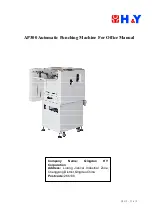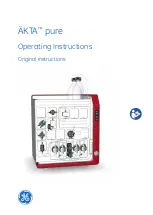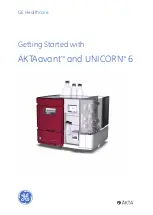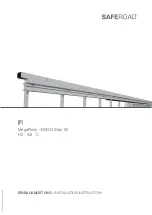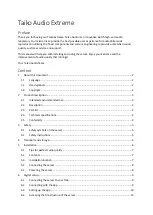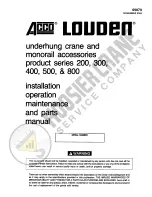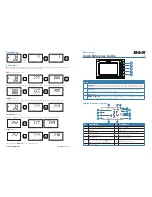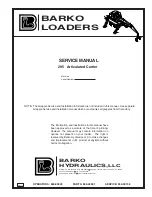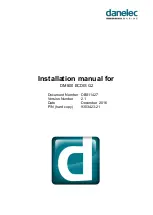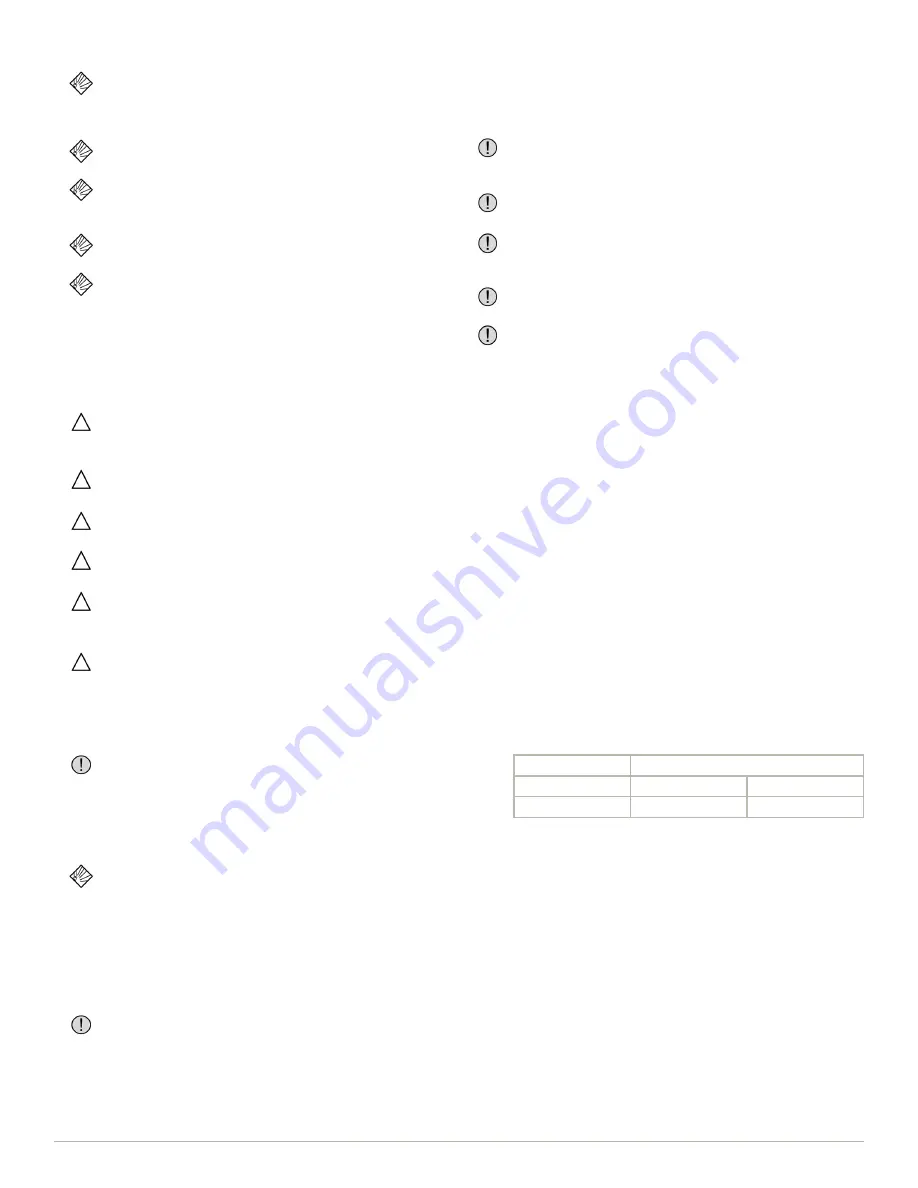
3
AODDAMPENER™
After the initial torque of fasteners, bolts may lose strength when re-torqued. Failure to replace both nuts and bolts upon each vessel
reassembly will void the product warranty given by the manufacturer and the manufacturer will have no liability whatsoever for any
vessel failure or malfunction.
CAUTION! Replace nut and bolt fasteners at each reassembly with fasteners of equal grade/strength value. DO NOT
reuse old nuts and bolts.
Dampeners require very little maintenance.
PTFE diaphragm replacement should be part of a preventive maintenance program. As with any pumping system, wear is dependent
on many factors including material, temperature, chemicals, fluid abrasiveness and system design. This suggested maintenance
program may need to be adjusted according to specific applications.
Periodic inspection of the dampener and fasteners should be conducted to visually check for signs of over-pressurization, fatigue,
stress or corrosion. Body housings and fasteners must be replaced at first indication of deterioration.
Remove all pressure from dampener AND pumping system before disassembly, removal or maintenance.
Maintenance
Material
Temperature Limit
PTFE Diaphragm
+40°F to +220°F (+4°C to +104°C)
Buna-N
+10°F to +180°F (-12°C to +82°C)
Operating temperatures are based on the maximum temperature
of the wetted dampener components only. Non-wetted dampener
components may have a lower temperature limit. Temperature
and certain chemicals may reduce the maximum allowable
working pressure (MAWP) of the dampener.
Temperature Limits
Certain models made for the European market are intended for use in potentially explosive atmospheres and meet the
requirements of ATEX directive 2014/34/EU. These models have the AT designation at the end of the part number, comply with
ISO 80079-36, and have an ATEX rating of II 2GD Ex h IIB T4 Gb Db. AT models have a grounding lug and must be grounded
(earthed) before operation.
ATEX Standard
Dampening of flow pulsations can only be effective if a minimum of 5 to 10 psi (0.4 to 0.7 bar) back pressure downstream of
dampener is available. A Blacoh back pressure valve may be required downstream of dampener, except when dampener is
used as an inlet stabilizer for the inlet side of the pump.
It is recommended that a Blacoh pressure relief valve be installed in all pump systems to ensure compliance with pressure
limits on system equipment.
To avoid possible damage to diaphragm from a system pressure test, prior to test dampener must be equipped with a constant
source of compressed air with pressure equal to or greater than system test pressure.
Install dampener inline as close to the pump discharge/inlet or quick closing valve as possible. Dampener installation should
be no more than ten pipe diameters from pump discharge/inlet or quick closing valve.
It is recommended that an isolation valve be installed between the dampener and system piping.
Installation Notes
DO NOT
use Oxygen to charge dampener. Use clean
compressed air only.
DO NOT
exceed maximum allowable working pressure
(MAWP) specified on dampener serial tag or marked on
dampener.
Turn pump off and remove all pressure from system prior
to dampener installation.
Always wear safety glasses and other appropriate
safety equipment when installing, charging or repairing
dampener.
Danger of static spark!
Grounding precautions must
be considered when dampener is used in flammable or
explosive environments.
ATEX models must be grounded (earthed) before
operation.
DO NOT
operate a dampener that is leaking, damaged,
corroded or otherwise unable to contain internal fluid, air
or gas pressure.
Temperature, pressure and chemicals affect the strength
of plastic, elastomer and metal components.
Due to the nature of the material, PTFE diaphragm will
cold flow
. Prior to installation, tighten bolts to torque
specification on dampener tag.
Must Read Before Installation
For safe and satisfactory operation of dampener read all safety warnings, caution statements and this complete Manual before
installation, startup, operation or maintenance.
GENERAL Information













